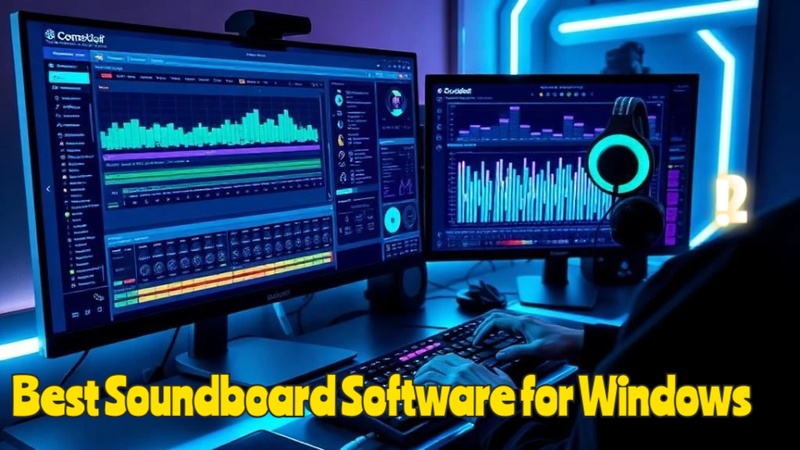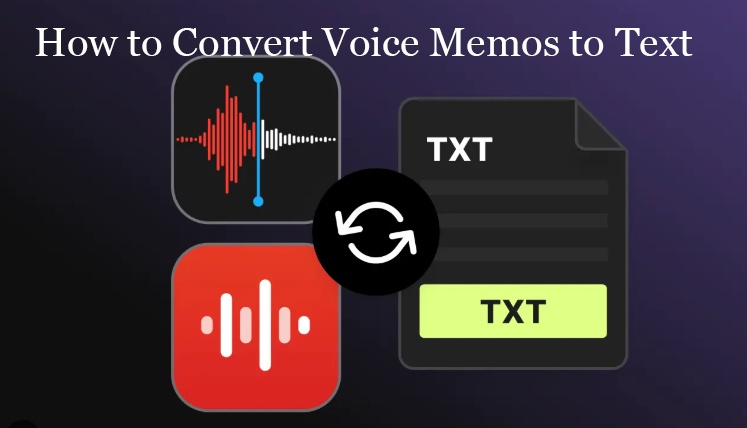Are you frustrated because Windows Media Player cannot play the file on your PC? You’re not alone. This common playback error can occur due to missing codecs, unsupported file formats, or corrupted media files. But don’t worry, in this guide, you’ll learn the exact reasons behind it and the simplest ways to fix it.
Part 1: Reasons Windows Media Player Cannot Play the File
Before jumping into the fixes, it’s important to understand why this problem occurs. Each error message in Windows Media Player gives a hint about the root cause.
1. Missing or Corrupted Codecs
Codecs are essential for decoding and playing different audio or video formats. If you face missing codecs or corrupted codecs, WMP cannot process the media file, showing an error message.
2. Unsupported File Format
Sometimes, the player might not support the file type you’re trying to play. WMP supports formats like MP4, WMV, AVI, and MP3, but not every codec variant inside these containers. If your file is recorded in an unusual format or compressed differently, WMP won’t recognize it
3. Corrupted Media File
If the media file itself is damaged, WMP cannot read or play it correctly. This happens when the file download was incomplete, or the storage drive had bad sectors. In such cases, you might also see errors like Windows Media Player cannot find the file.
4. Outdated Software or Drivers
Old versions of Windows Media Player, Windows OS, or outdated graphics/sound drivers can trigger playback issues. Updating your drivers and installing Windows updates often resolves this.
5. Error with Sound Device
If you see a message saying: There is a problem with your sound device, your audio hardware might be misconfigured or disabled. Without a proper sound driver, even playable files won’t produce audio.
6. Digital Certificate Mismatches
In rare cases, files downloaded from online stores or licensed content platforms may fail to play due to mismatched or expired digital rights management certificates. A Windows Media Player error cannot be repaired unless the correct authorization is restored.
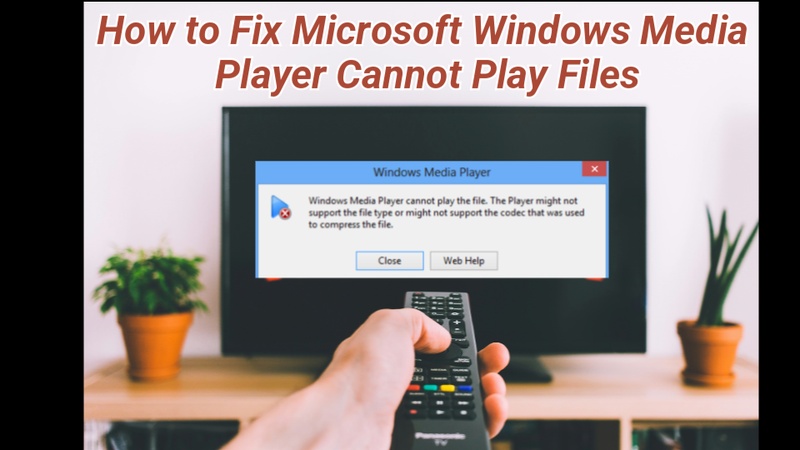
Part 2: How to Solve Windows Media Player Cannot Play Files
Now that you know the causes, let’s fix them step by step. Whether it’s a missing codec or a damaged file, these solutions will help restore playback.
Method 1: How to Play a File without Windows Media Player
If Windows Media Player continues showing errors, skip the frustration and try a smarter alternative, HitPaw Edimakor. This AI-powered video tool can play, repair, and convert almost any file format.
Step 1: Open Edimakor
Launch HitPaw Edimakor on your PC and head to the Video Toolbox.
Step 2: Locate the Files
Find the video or image file you want to play and right-click it to choose “HitpawPlayer” under “Open With.”

Step 3: Play the Video/Image Files
After select HitpawPlayer, the file will play in a pop-up window. If you want to edit it youcan open it in the Edimakor software.

Method 2: Check and Fix Missing Or Corrupted Codecs?
Codecs are the building blocks that let Windows Media Player decode different file types. If a codec is missing or broken, your file won’t play.
How to Check Missing Or Corrupted Codecs
- Open Windows Media Player.
- If the menu bar isn’t visible, press Ctrl + M to enable it.
- Click Help and tap on About Windows Media Player.
- Select Technical Support Information, and a new browser window will open, listing every codec and filter installed on your system.
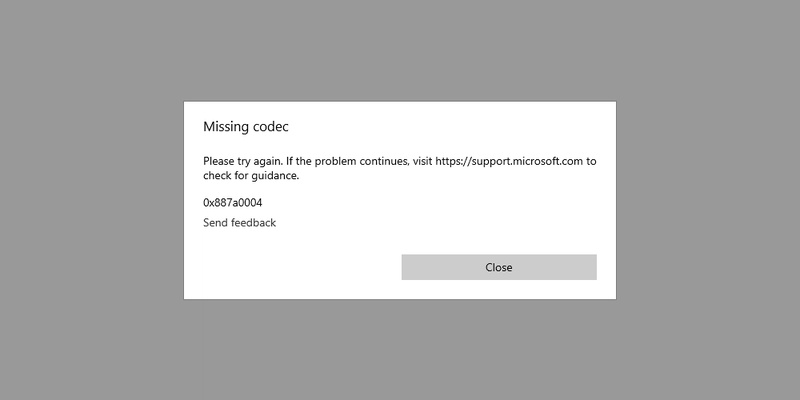
How to Fix Missing Or Corrupted Codecs
- Install trusted codec packs like K-Lite Codec Pack or use VLC Media Player, which includes built-in codecs.
- Convert your video to a widely compatible format such as MP4.
- If the issue continues, try a different player like PotPlayer or KMPlayer, both of which handle multiple codecs smoothly.
Method 3: Check and Fix the WMP file isn't Playable? ( Unsupported File Format)
If your file format isn’t supported by Windows Media Player, or if it’s partially damaged, these fixes can help.
- Open Windows Media Player.
- Go to Tools, Options, and then Player tab.
- Tick Download codecs automatically and click OK.
-
This ensures that WMP installs the right codecs whenever it encounters an unknown file type.

Method 4: Check and Fix Corrupted Media File
If the media file itself is broken, try this quick repair trick with VLC Media Player:
- Rename your corrupted .MP4 file to .AVI.
- Open the renamed file in VLC Media Player.
- Go to Tools, Preferences, then the Input/Codecs tab.
- Under Damaged or incomplete AVI file, select Always Fix.
-
Click Save, then reopen the file to see if playback is restored.

Method 5: Check and Fix Outdated Software Or Drivers
Keeping Windows and your drivers updated ensures compatibility with the latest formats.
- Go to Settings, then Windows Update.
- Click Check for updates.
- For drivers, go to Advanced options and then Optional updates.
-
Choose any available updates and click Download and install.

Method 6: Check and Fix Digital Certificate Mismatches
If you’re facing DRM or certificate-related issues, mismatched credentials might be blocking playback.
For Web Certificates
Ask the site administrator to confirm that the certificate’s Common Name and Subject Alternative Name cover all domains and subdomains.
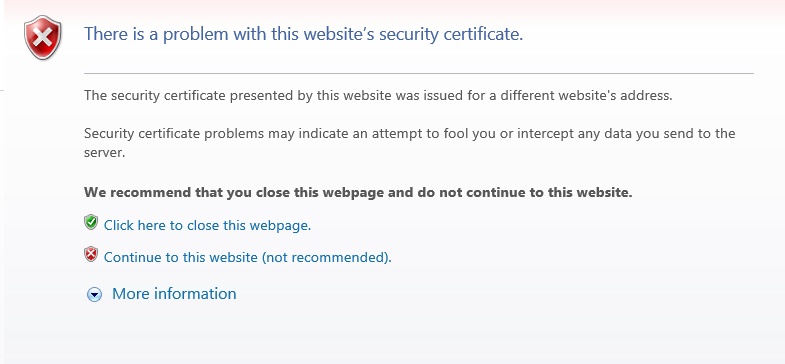
For Other Digital Certificates
Make sure your registered name and email match exactly across all connected services or accounts. Correct any spelling errors or mismatches; inconsistent credentials can block license validation.
Key Takeaways
When facing Windows Media Player cannot play the file issues in 2025, it’s best to combine quick fixes like codec updates with smarter tools like HitPaw Edimakor (Video Editor). Not only can it play any file instantly, but it also ensures smooth playback and editing, without any technical headaches.
Leave a Comment
Create your review for HitPaw articles







